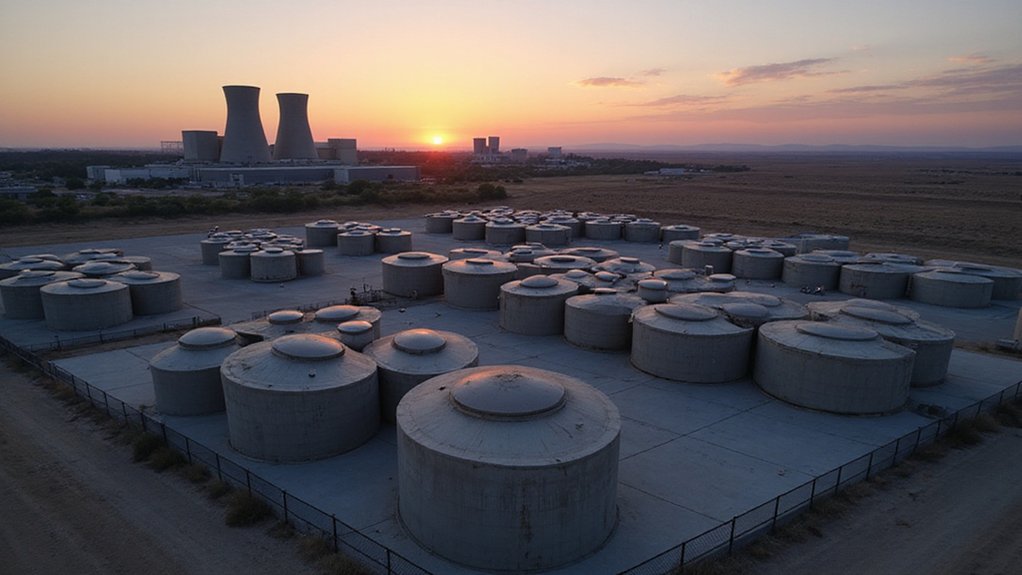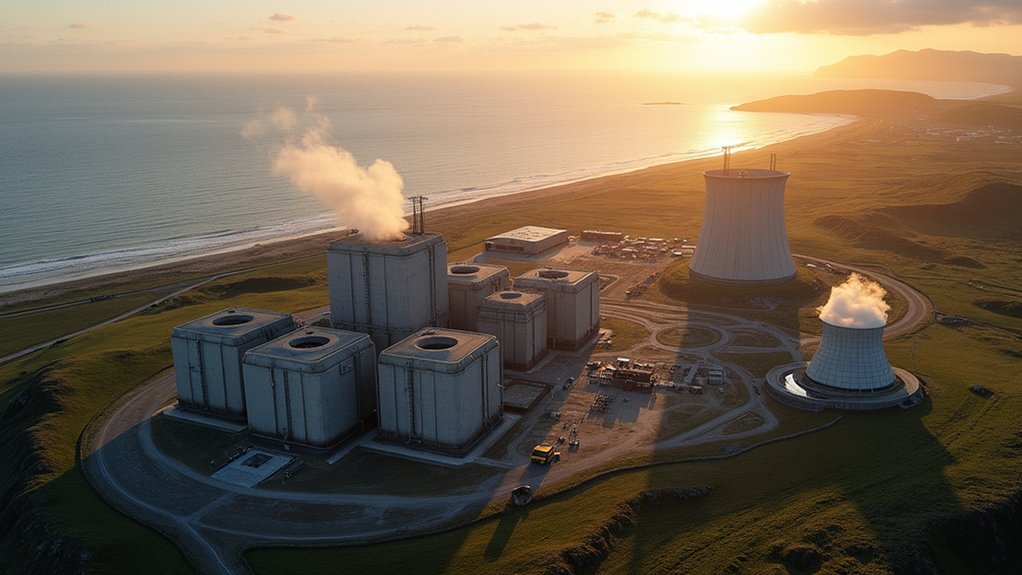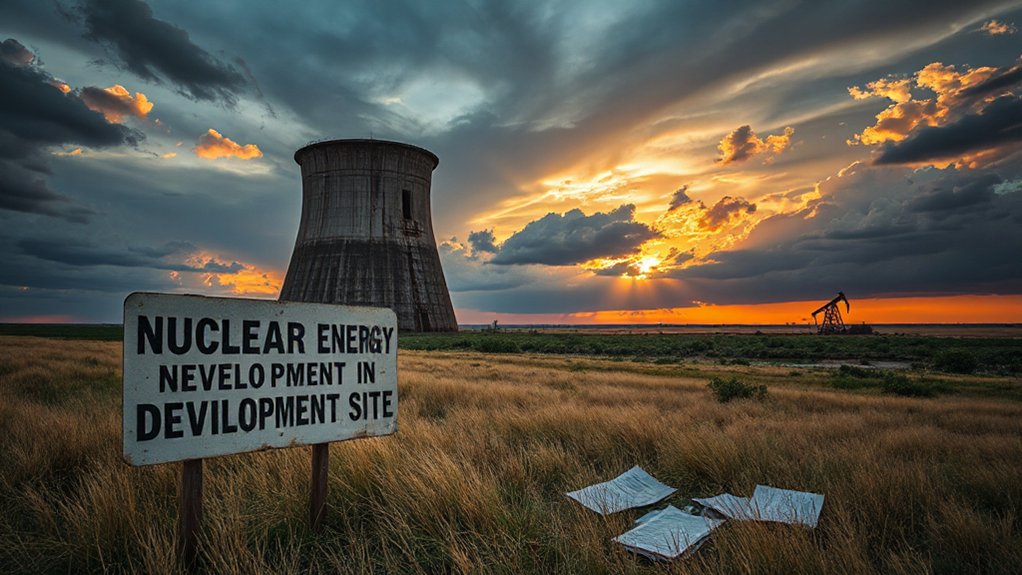President Trump has signed four executive orders to markedly expand America’s nuclear power industry. The orders aim to quadruple U.S. nuclear capacity to 400 gigawatts by 2050. Nuclear power currently provides about one-fifth of the nation’s electricity.
The executive orders remove regulatory barriers that have slowed nuclear growth for decades. They require the Nuclear Regulatory Commission to make faster licensing decisions. The orders also streamline the review process for new reactor designs and fuel facilities. Industry leaders say over 50 years of strict regulations have held back nuclear development in America.
Trump’s orders support building a stronger domestic nuclear fuel supply chain. They encourage more uranium mining and enrichment on U.S. soil. The Department of Energy and Pentagon can now build reactors on federal land more easily. These changes aim to reduce America’s dependence on foreign nuclear fuel sources.
Executive orders boost domestic uranium production and allow federal agencies to build reactors on government land.
The orders also boost nuclear research and innovation. Scientists can now test new reactor designs at Department of Energy labs. The government is especially interested in small modular reactors and other advanced nuclear systems. Officials say these technologies will help power data centers and artificial intelligence infrastructure. The regulatory reforms specifically target reducing licensing timelines to 18 months, a dramatic improvement from current processes.
National security plays a big role in the nuclear expansion plans. “Energy security is national security,” officials stated during the announcement. The military needs reliable power sources, and domestically produced nuclear energy reduces dependence on imports. The Pentagon will have better access to advanced nuclear systems under the new rules.
America’s nuclear industry has struggled for the past three decades. Many reactors have closed, and few new ones have been built. The U.S. currently operates 93 reactors across 28 states, with an average age of 42 years. Industry leaders call the reforms historic and urgently needed. They say the changes will create jobs in construction, engineering, and science fields.
The nuclear expansion comes as energy demand is expected to grow considerably. AI development and defense needs are driving much of this increased demand. Officials frame the nuclear push as essential for competing with China in technology. They emphasize that next-generation reactors will be safer and more environmentally friendly than older designs. Nuclear’s high capacity factor makes it more reliable than intermittent renewable sources for meeting America’s growing energy demands.
References
- https://www.foxnews.com/opinion/trump-unleashes-us-nuclear-renaissance-bold-executive-orders
- https://www.whitehouse.gov/articles/2025/05/president-trump-signs-executive-orders-to-usher-in-a-nuclear-renaissance-restore-gold-standard-science/
- https://www.cbsnews.com/news/trump-signs-executive-orders-nuclear-power-energy/
- https://www.ans.org/news/article-7066/breaking-news-trump-signs-four-executive-orders-to-promote-nuclear-development-in-the-us/
- https://www.eenews.net/articles/trump-orders-dramatic-speedup-of-us-nuclear-development/








